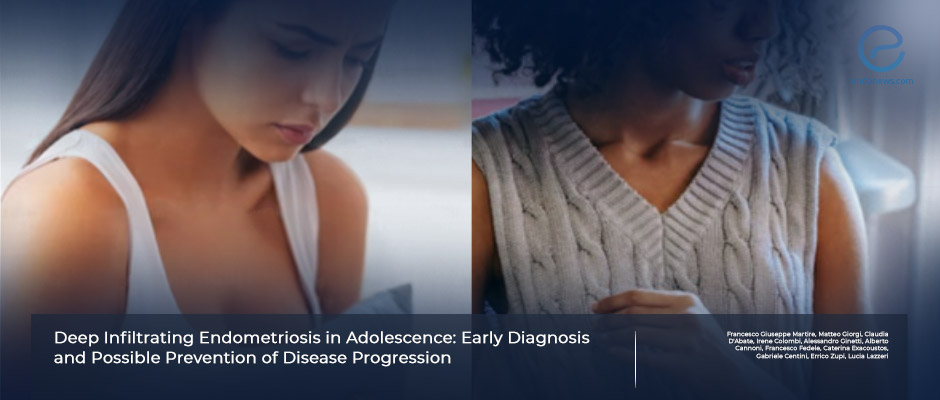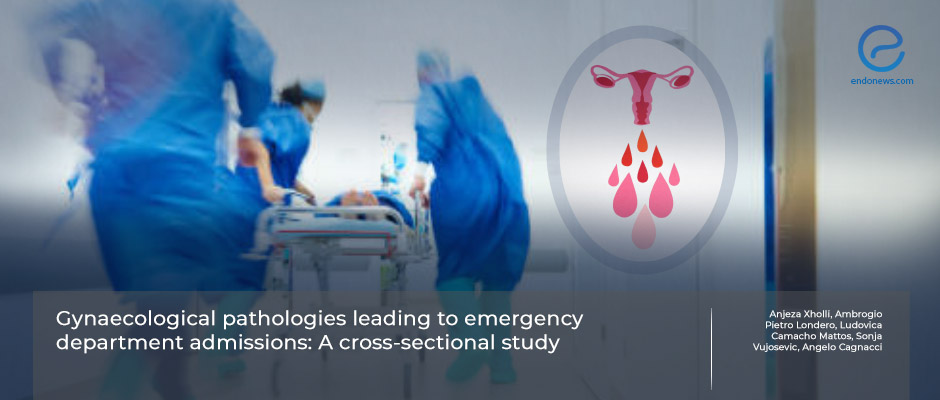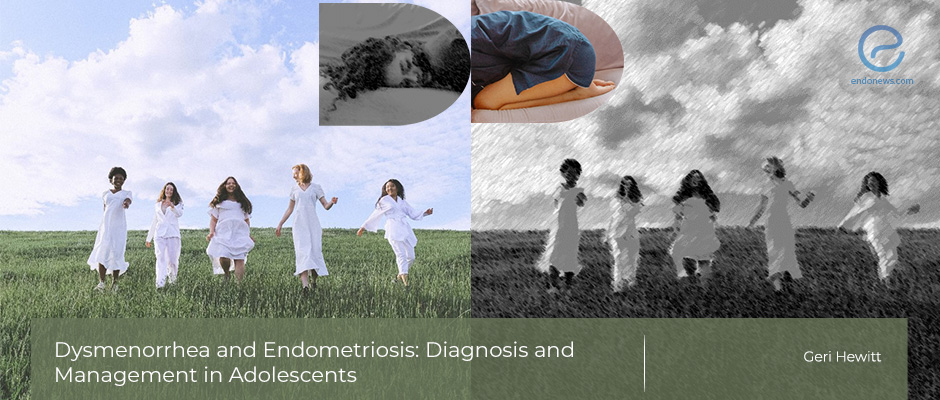Clinical Profiles of Adolescents with Histologically Confirmed Endometriosis
Adolescent endometriosis is often underrecognized and underdiagnosed, leading to delayed care and prolonged suffering. In a multi-center study recently published, led by Hewitt al. in the Journal of Pediatric and Adolescent Gynecology, researchers investigated how adolescents with pathology-confirmed endometriosis present…
Key Points Lay SummaryHeavy Menstrual Bleeding Shares Genetic Risk with Endometriosis and Fibroids
Heavy menstrual bleeding (HMB) is a common yet underexplored condition affecting millions of women worldwide. It can severely impact quality of life and is often associated with other gynecologic disorders like endometriosis and fibroids. In a recent landmark study published…
Key Points Lay SummaryWomen's willingness to donate menstrual blood for endometriosis research
The menstrual blood is 50-100 ml/per cycle, with 80% lost during the first three days. On the heaviest bleeding day, 2 to 8 ml may be collected from a cup worn for four hours. This fluid could be investigated by…
Key Points Lay SummaryEarly diagnosis of deep infiltrating endometriosis in adolescence
Dysmenorrhea is widely observed in adolescence, and endometriosis is one of its causes. However, endometriosis diagnosis is usually made after 25 years of age. It is clear that early diagnosis and management of this progressive disease is essential and will…
Key Points Lay SummaryThe most common gynecologic admissions to the emergency: Endometriosis and adenomyosis
Women with endometriosis demand therapy for the most common symptoms, which are pelvic pain and infertility. Adenomyosis occurs when the endometrial glandular and stromal tissue grows into the muscular wall of the uterus, called the myometrium. Women having adenomyosis also…
Key Points Lay SummaryAdolescent dysmenorrhea diagnosis and management
Endometriosis is usually diagnosed in reproductive-aged women. However, recent literature proved that clinical symptoms of endometriosis are also seen the adolescent girls and young women. Dysmenorrhea, the most common gynecologic complaint among this age group, can develop due to endometriosis.…
Key Points Lay SummaryAdolescent dysmenorrhea and future endometriosis
Dysmenorrhoea is typically classified as primary, or secondary due to underlying pathologies like fibroids, endometriosis, adenomyosis or uterine anomalies. Generally, long-term dysmenorrhea is present in endometriotic patient's anamnesis, but until recently, the research to clarify this connection remained retrospective. Knox et…
Key Points Lay Summary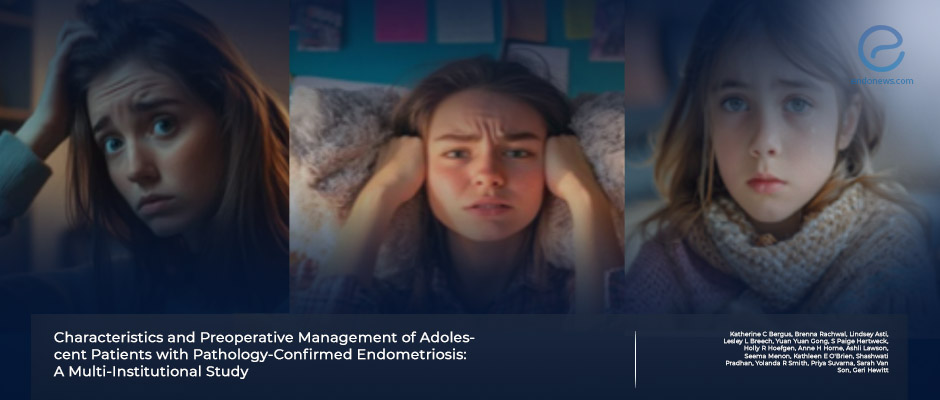
 By Hale Goksever Celik
By Hale Goksever Celik
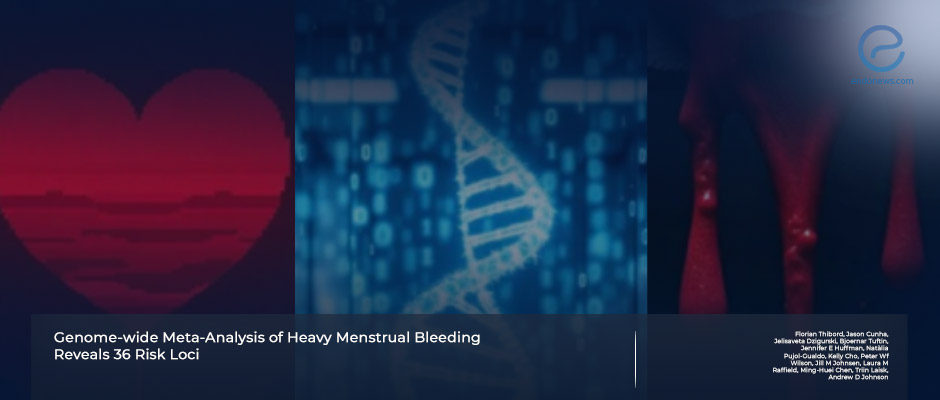
 By Özge Özkaya
By Özge Özkaya
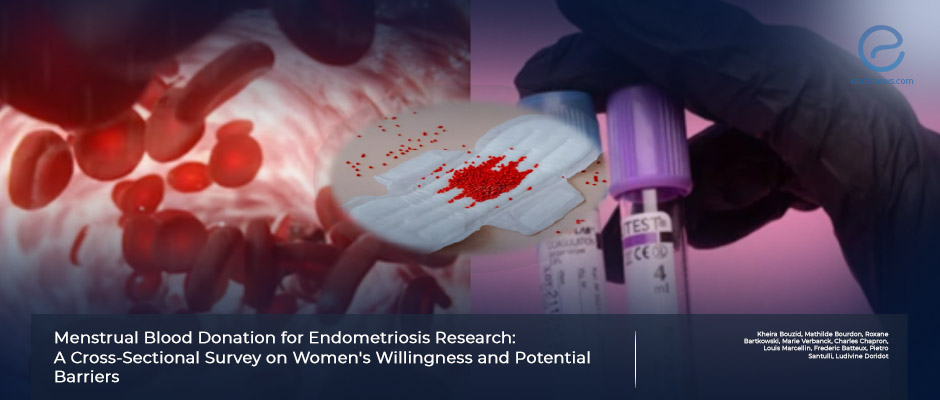
 By Selma Oransay
By Selma Oransay
